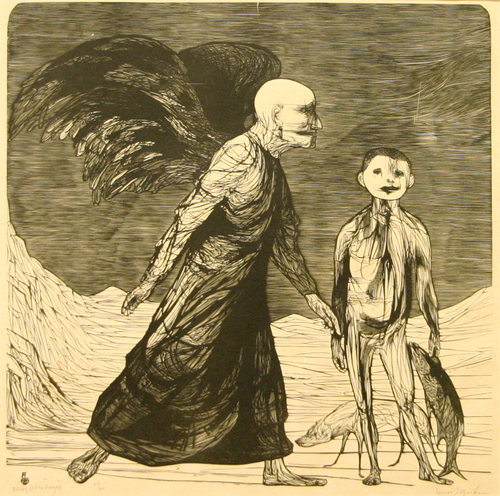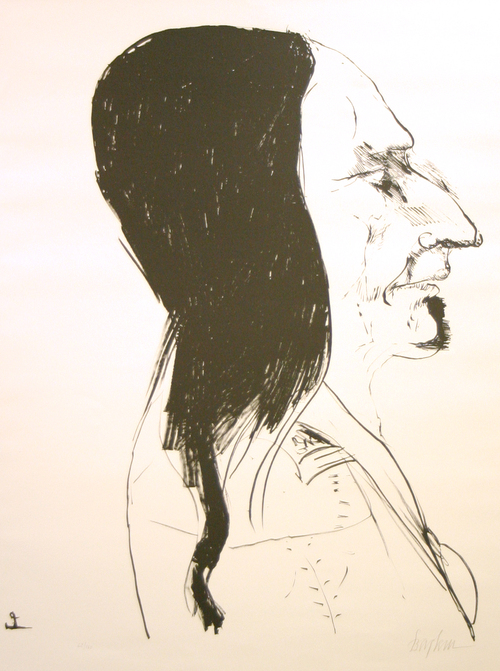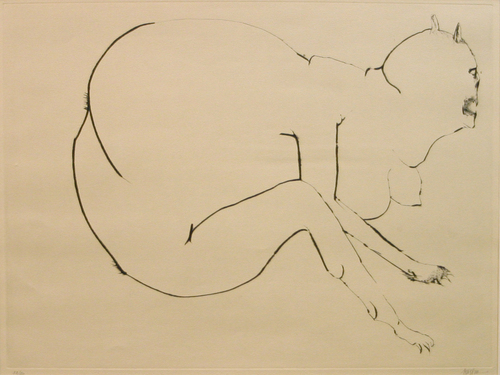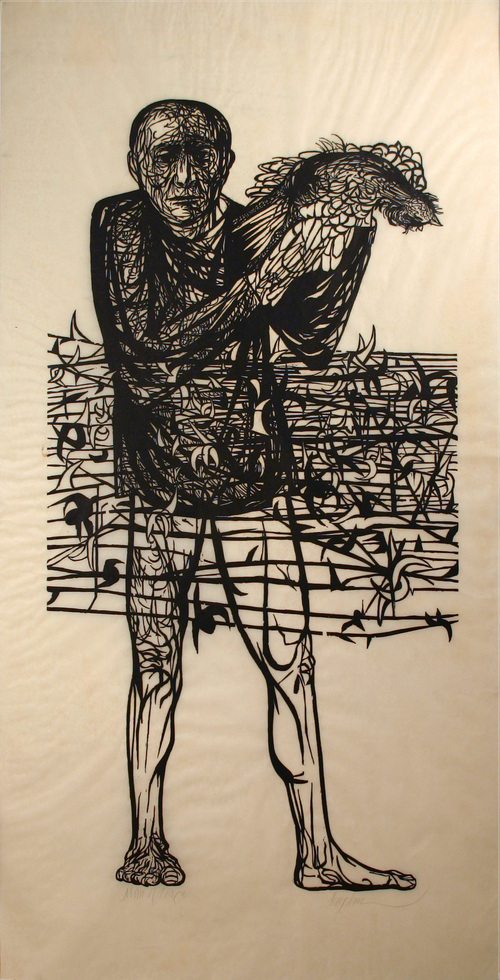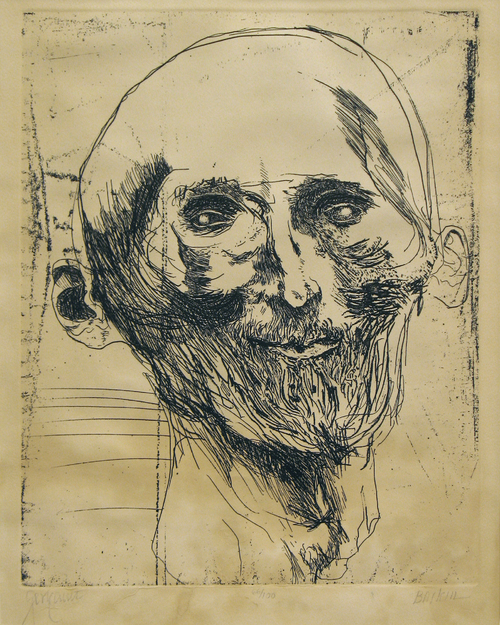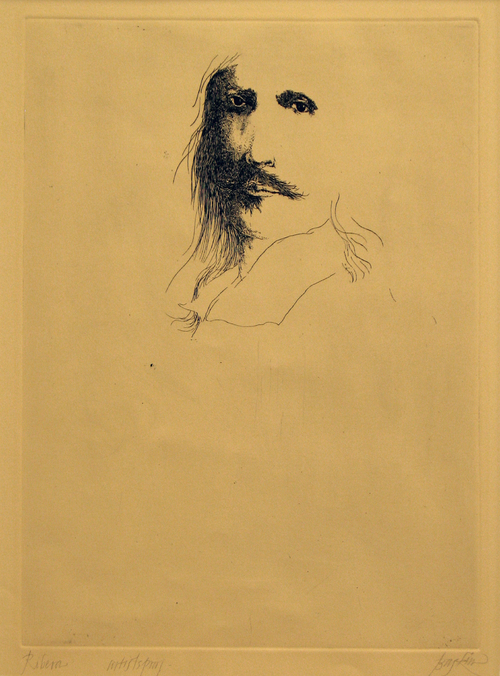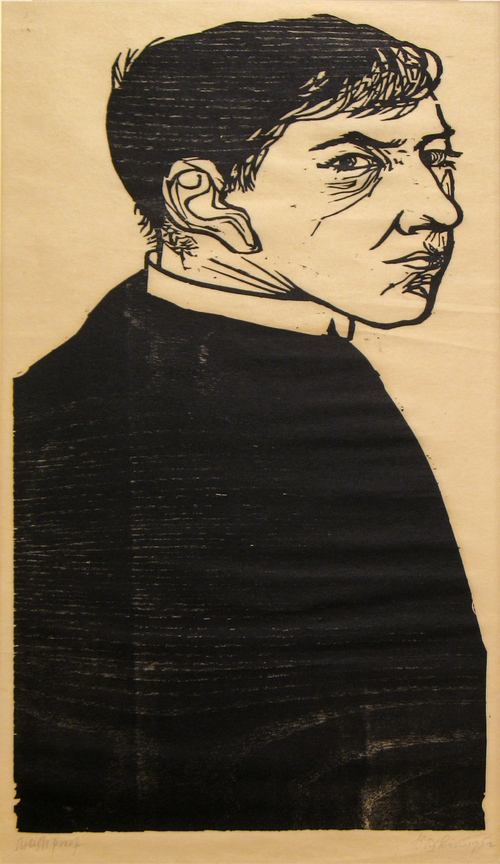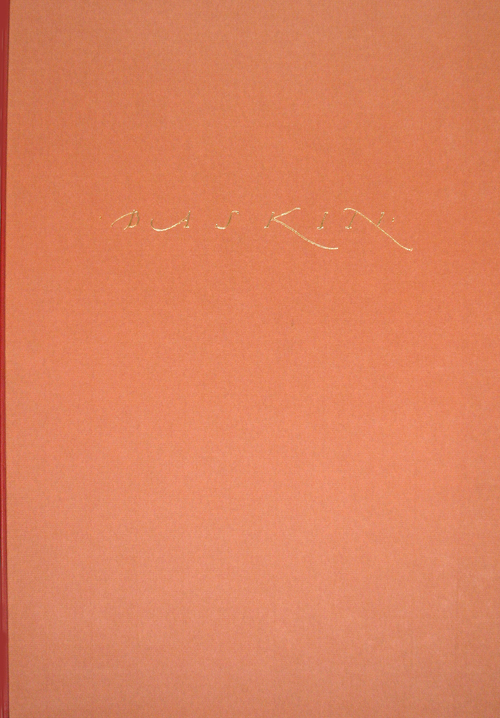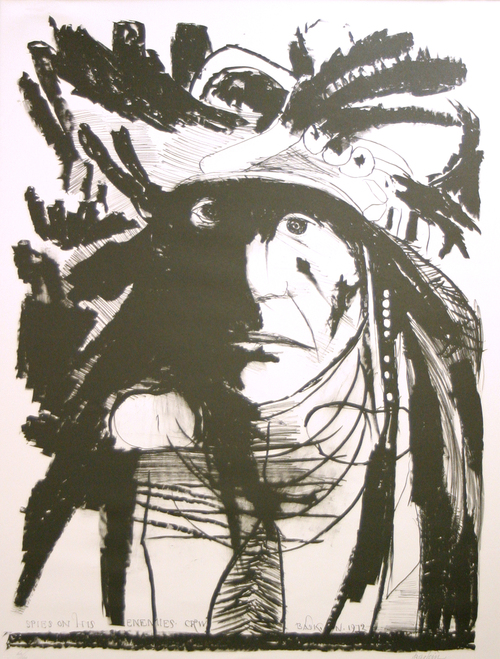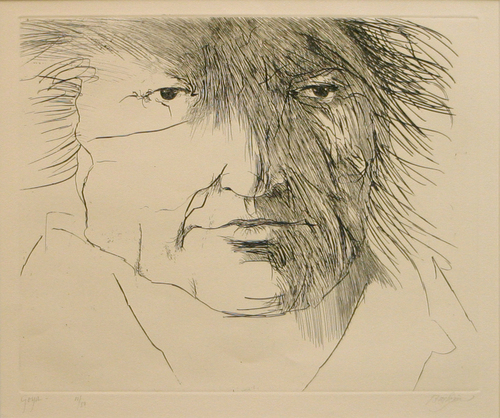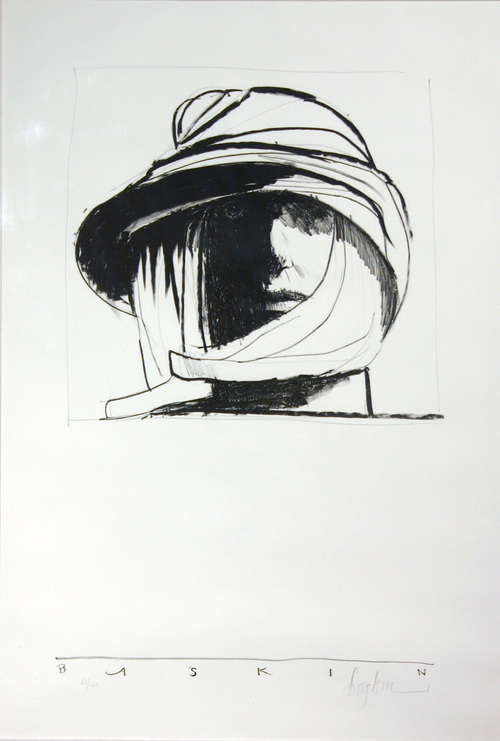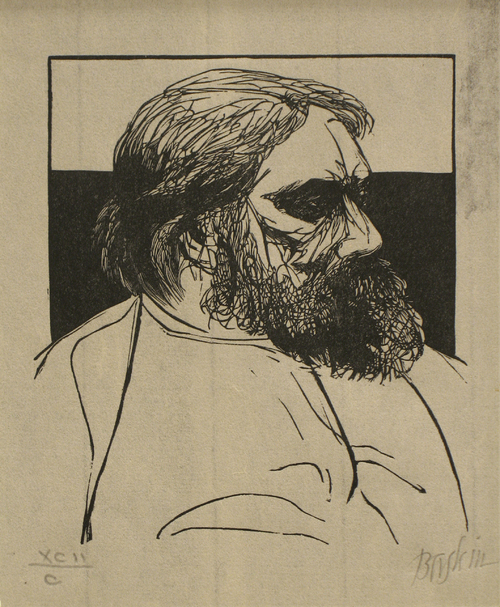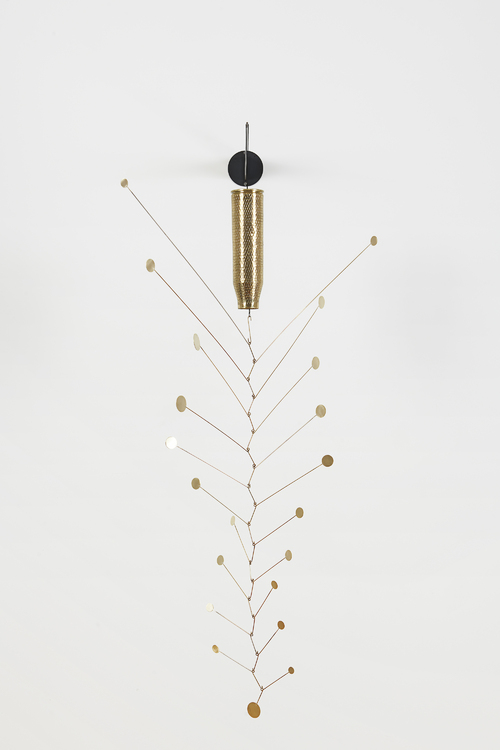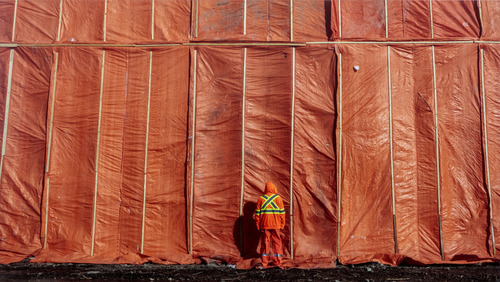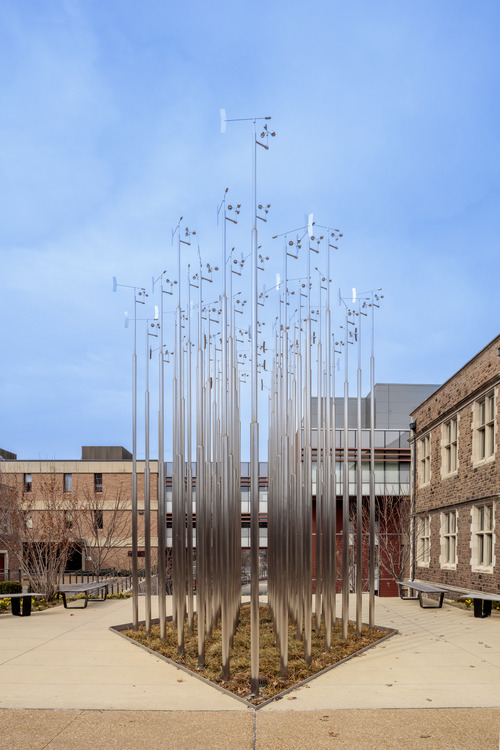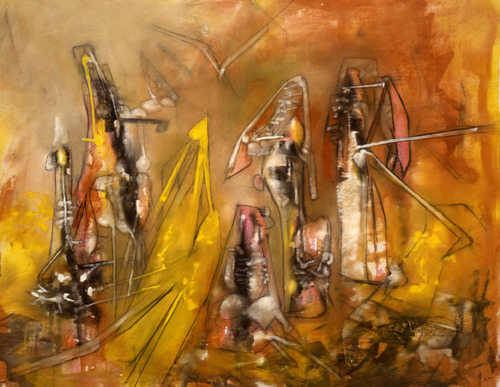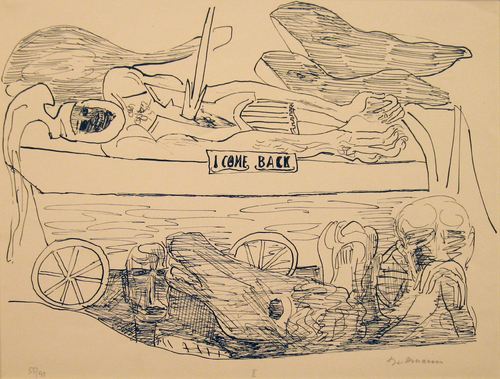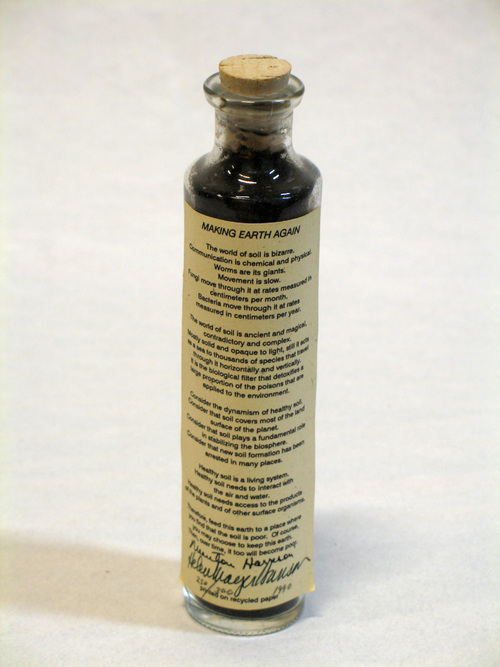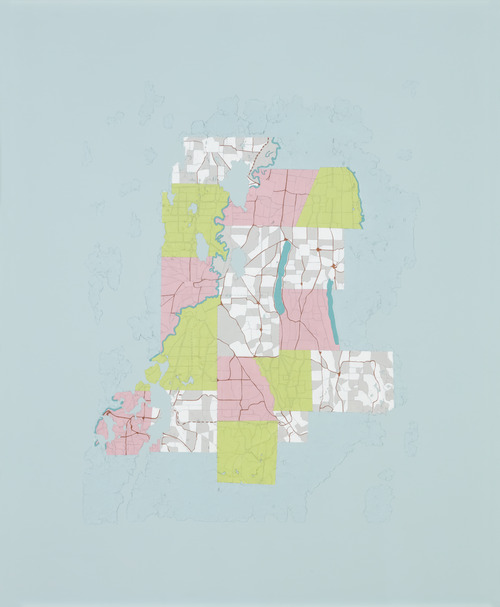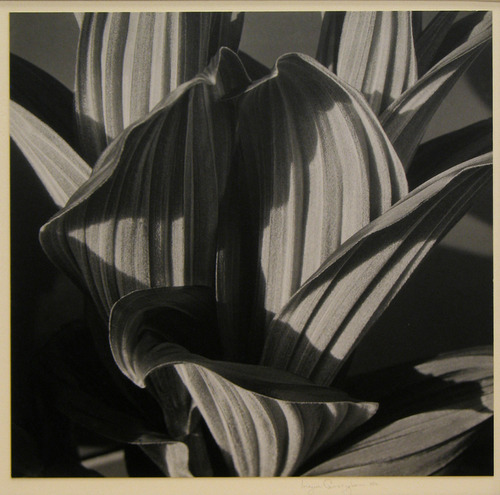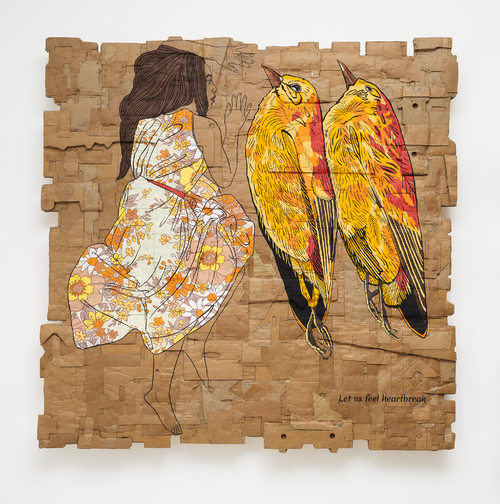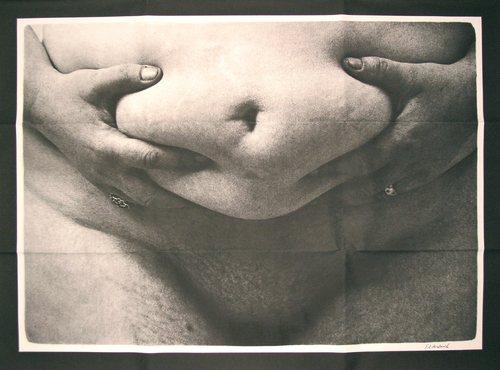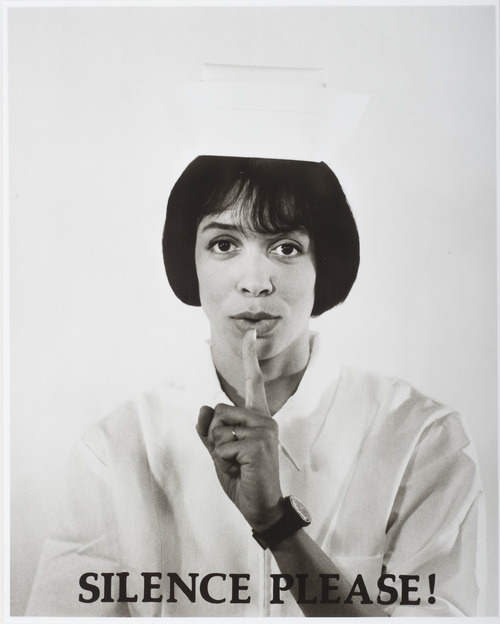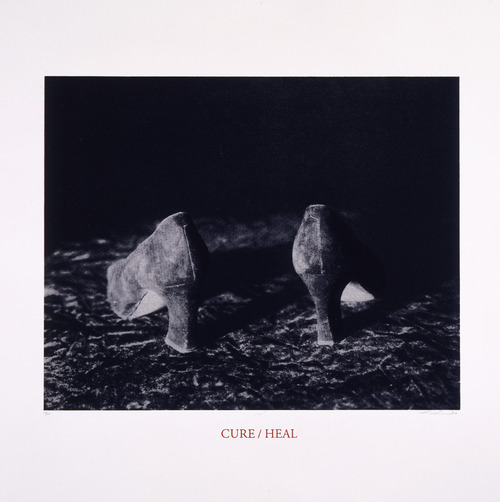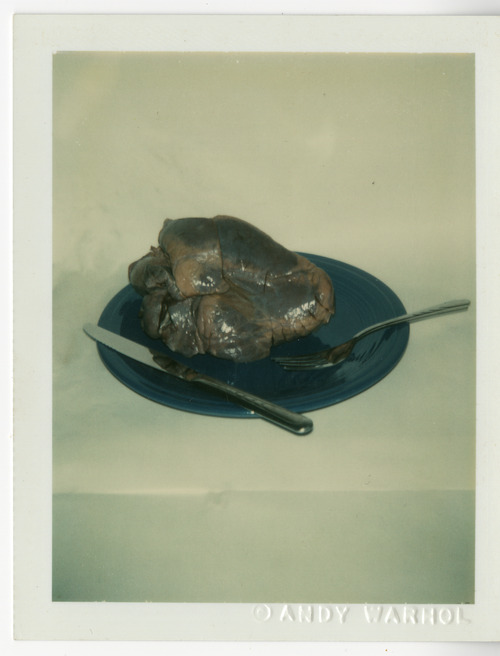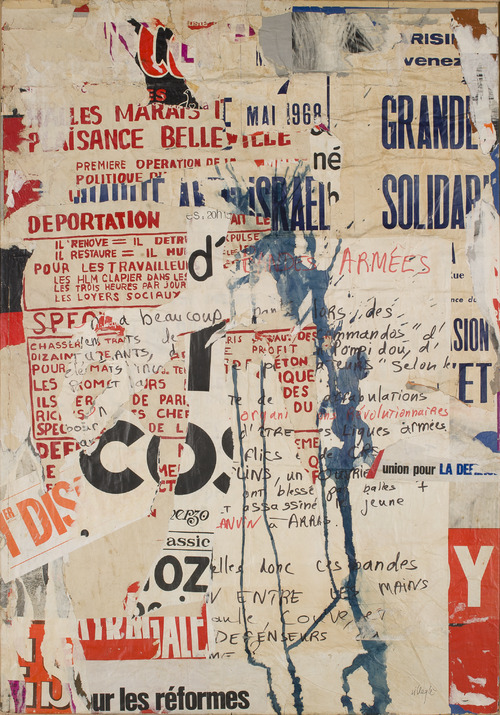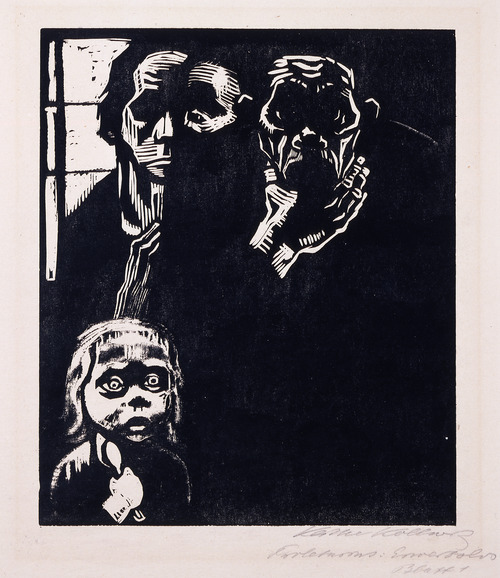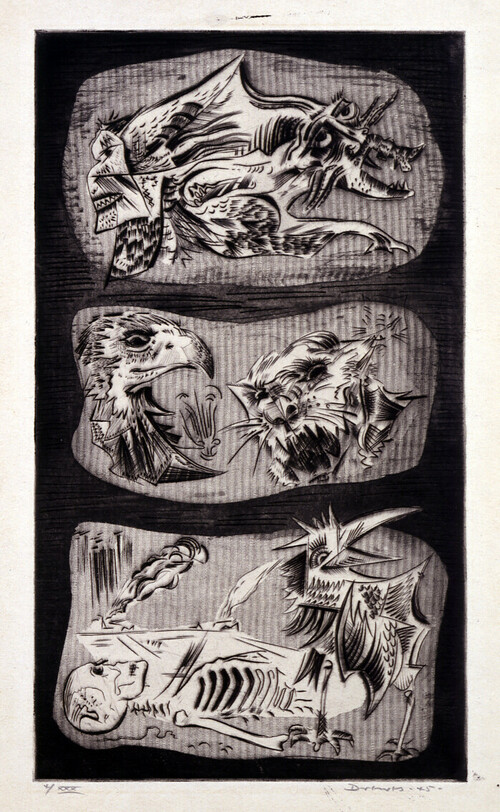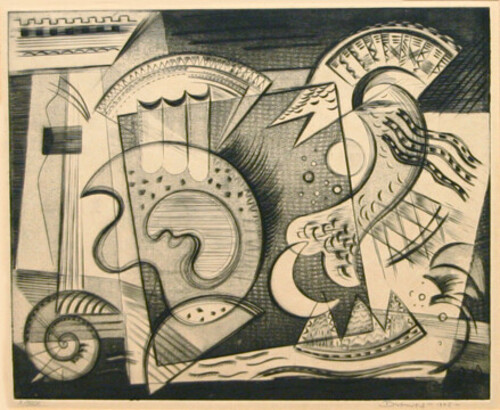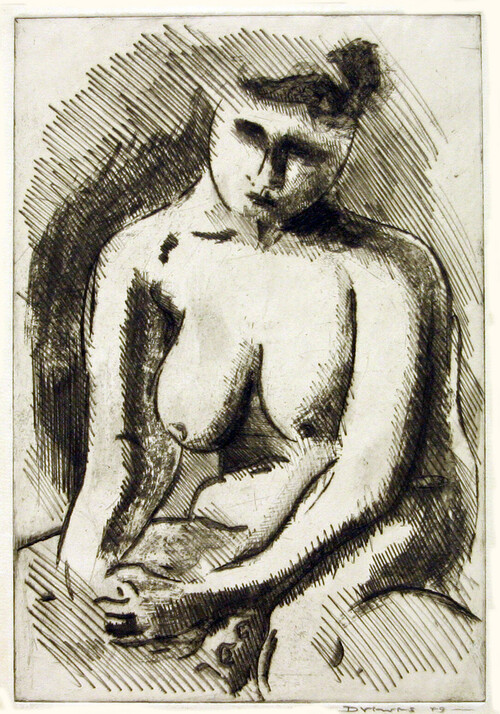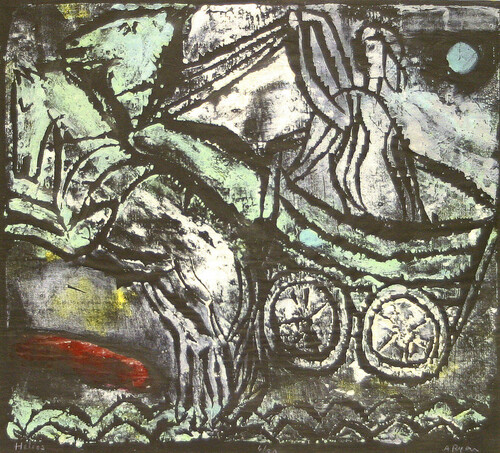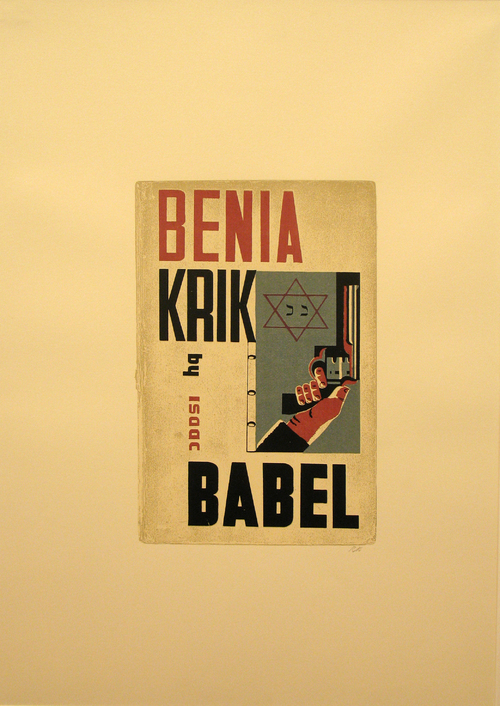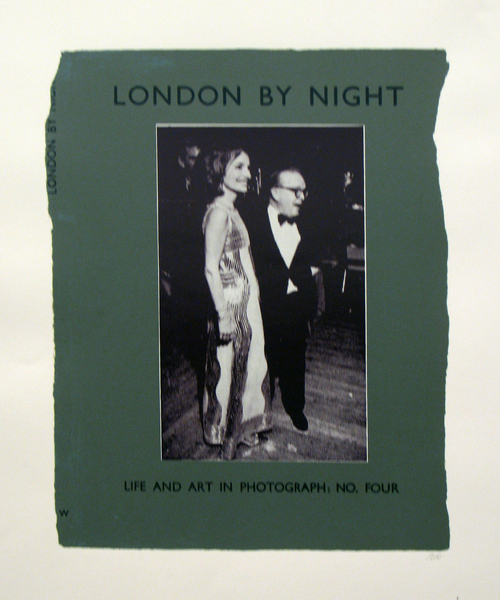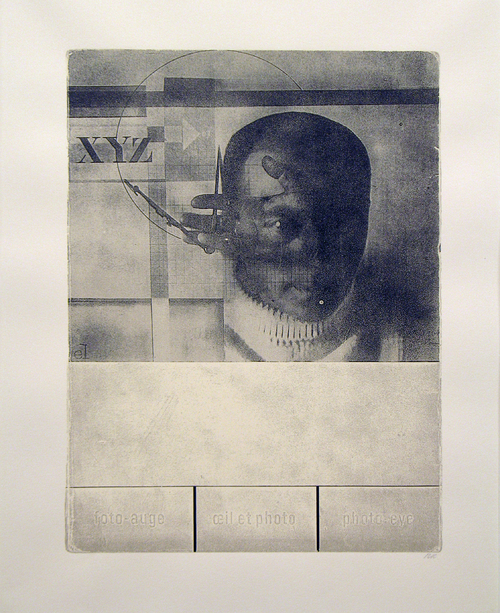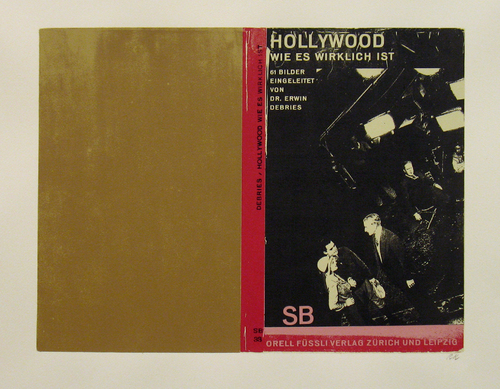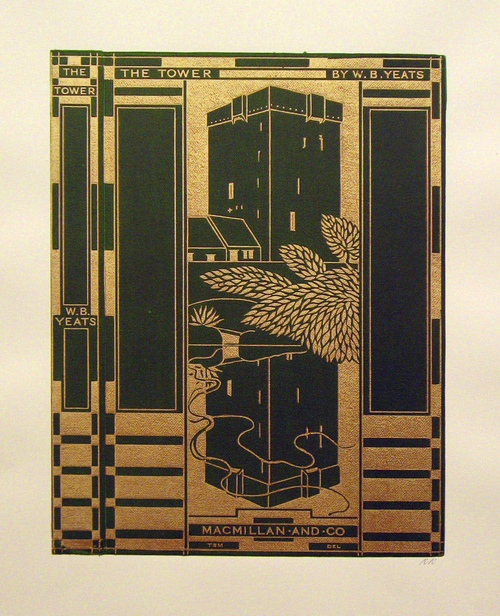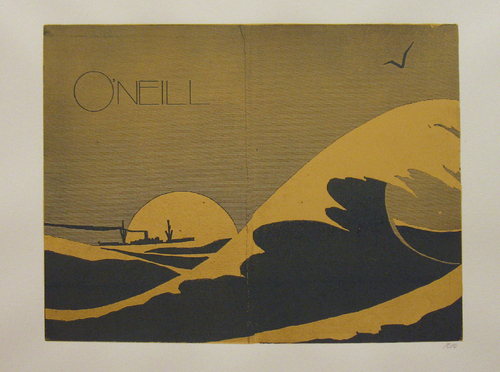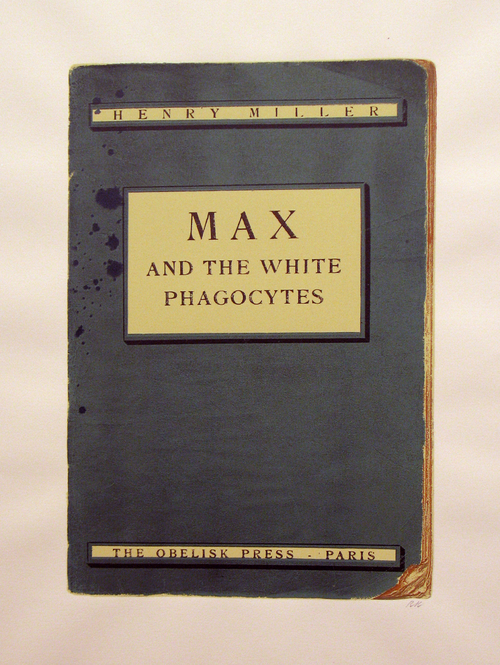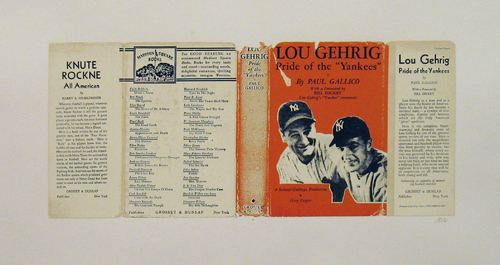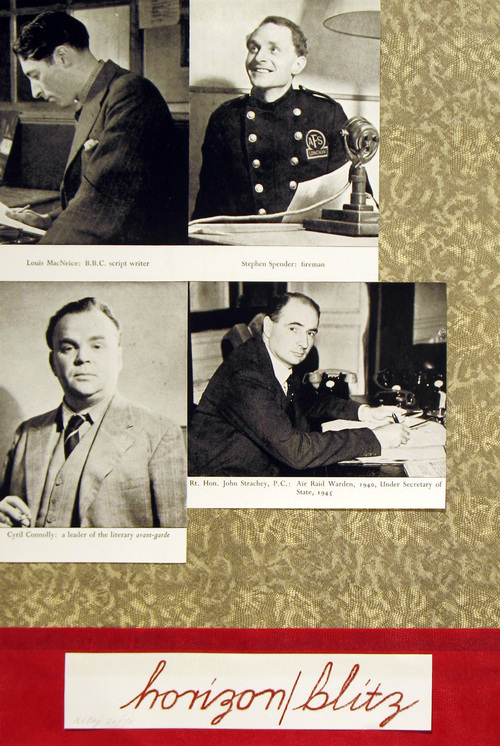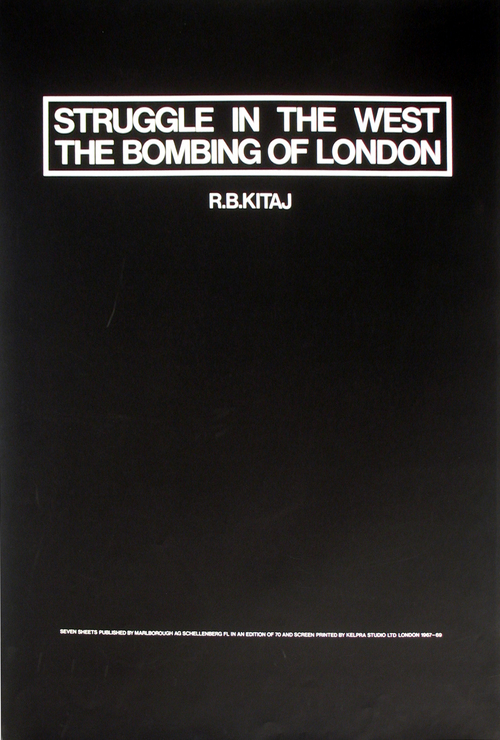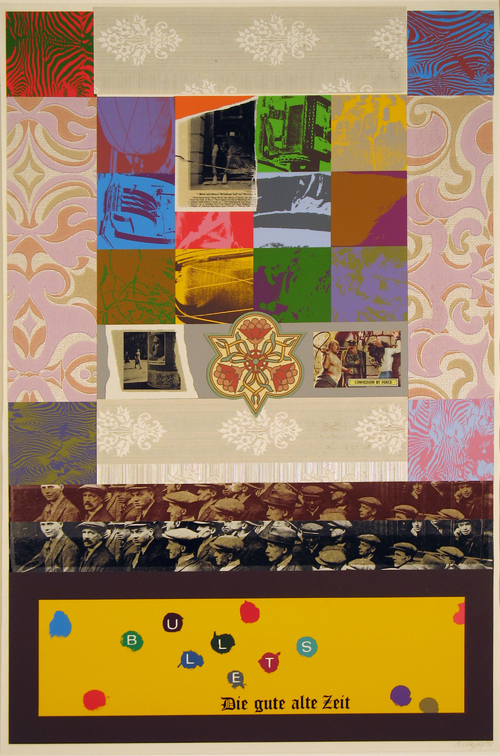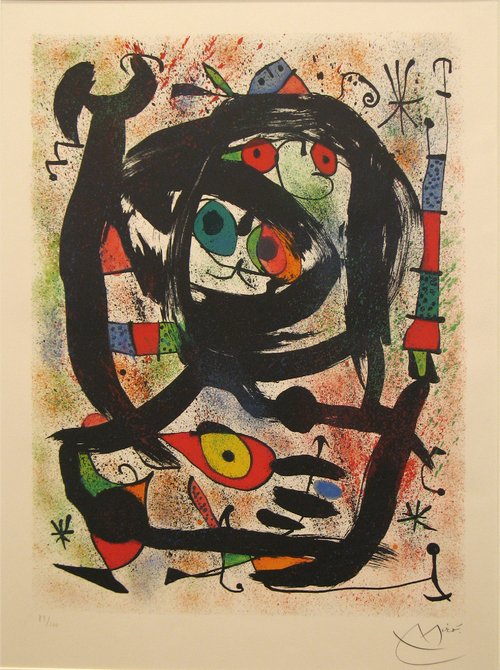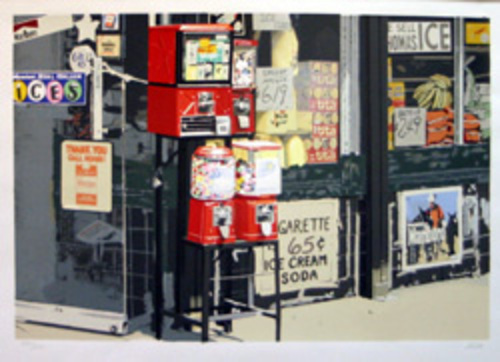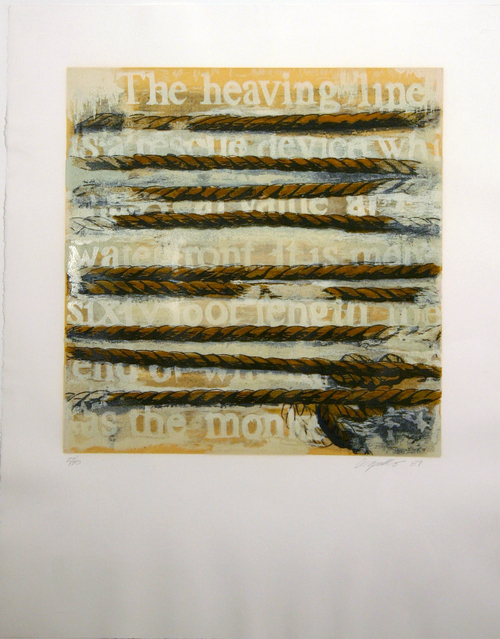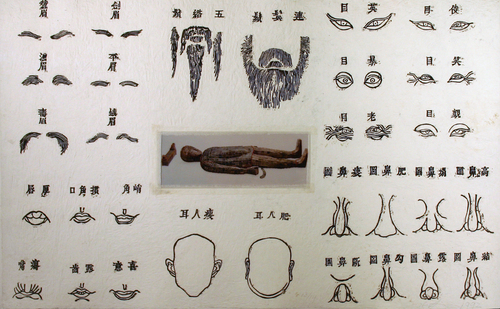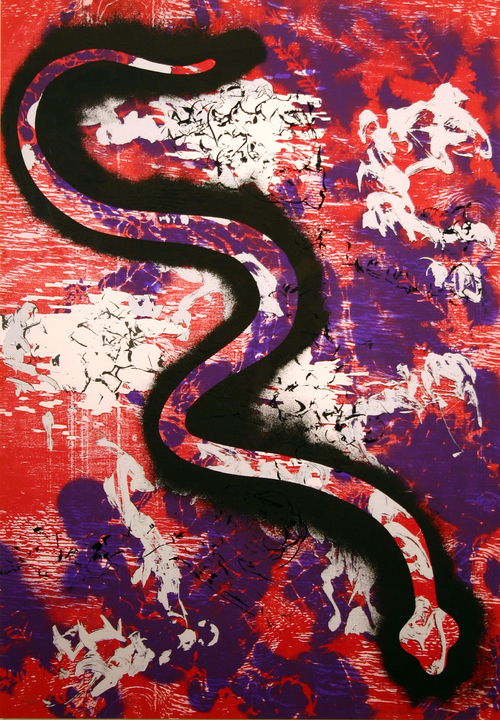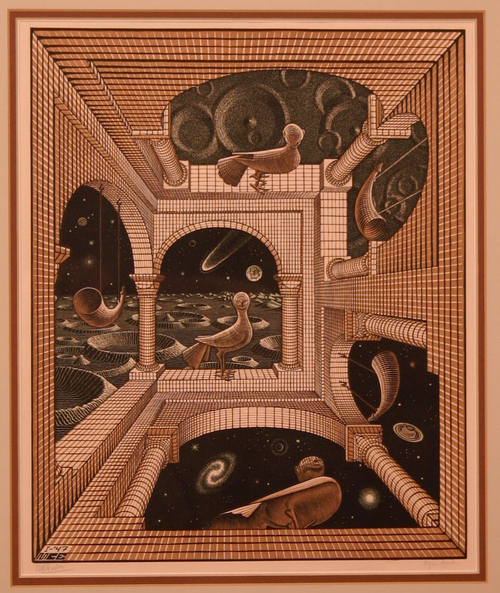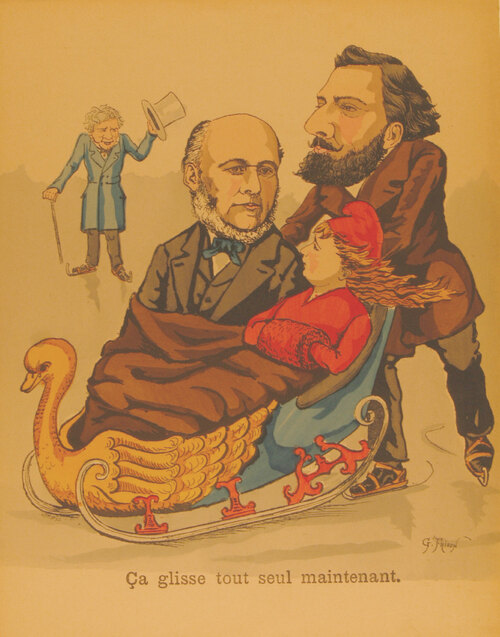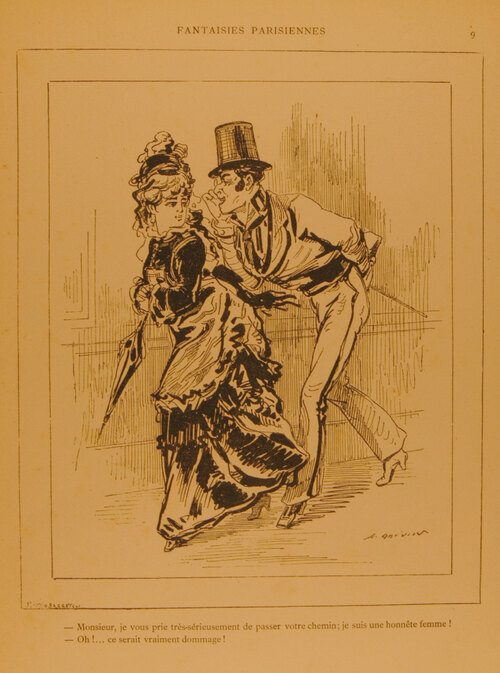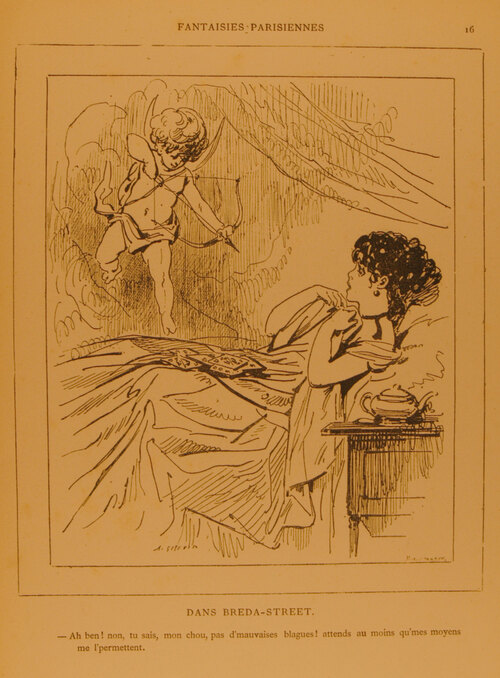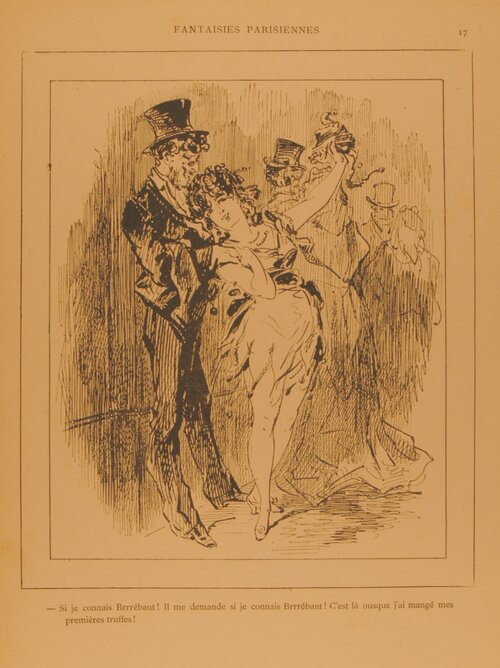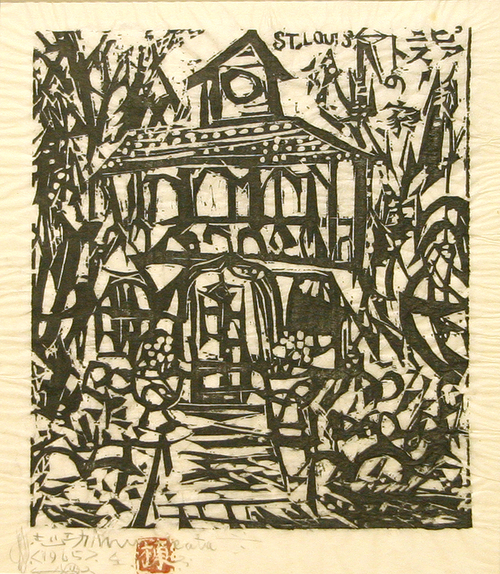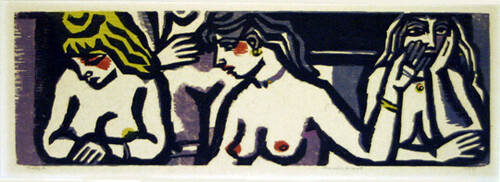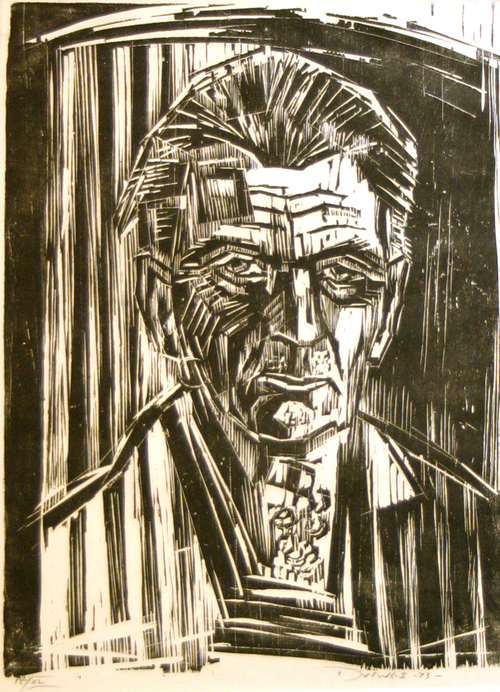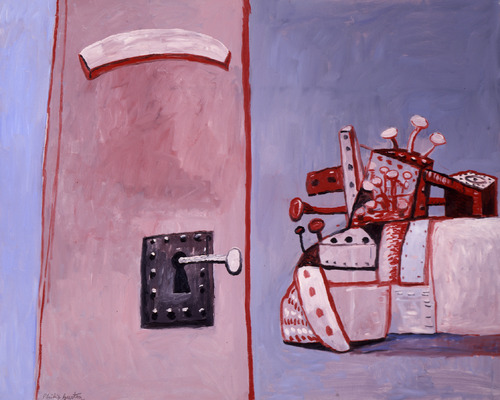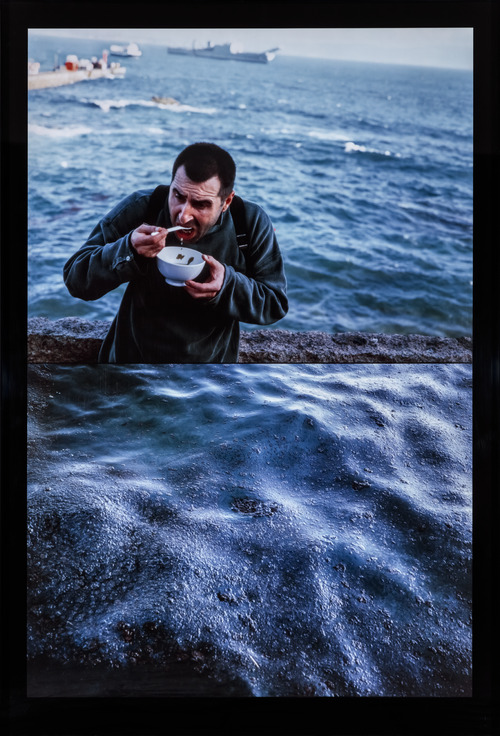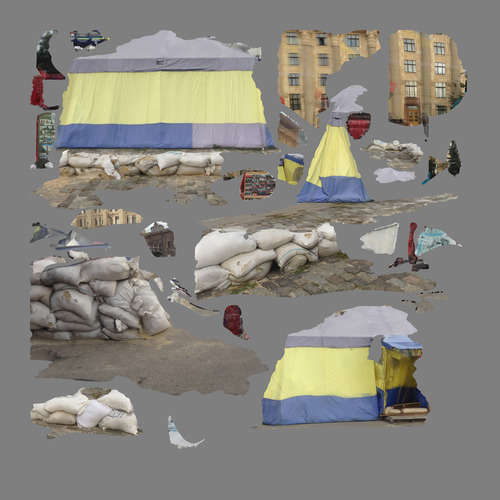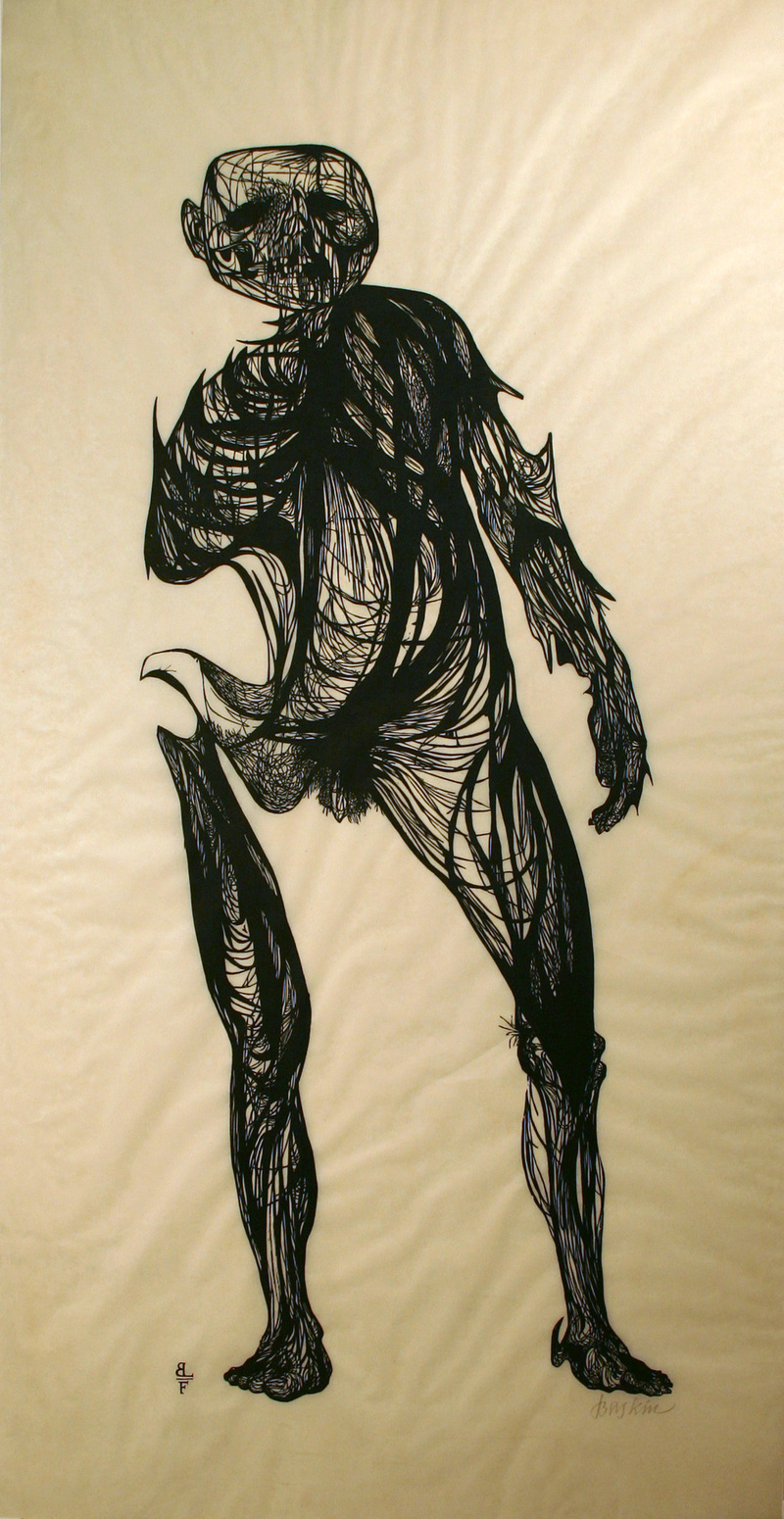
Leonard Baskin
Hydrogen Man
1954

A multidisciplinary artist who worked in sculpture, painting, illustration, and bookmaking, Leonard Baskin first gained recognition in the 1950s for his monumental woodcuts, including Hydrogen Man. In this print black lines and curves form the internal musculature of a mutilated man with partially obliterated limbs. The large scale of the work fits the vastness of its implications; Baskin produced this apocalyptic vision in response to the United States’ explosion of the Castle Bravo hydrogen bomb in 1954, which resulted in significant radioactive contamination. Tested at Bikini Atoll in the Marshall Islands, the bomb was the most powerful nuclear device ever detonated by the United States. Baskin, who was the son of a rabbi and firmly believed in the responsibility of art to deliver moral and social content, upheld figuration as the only means to express the trauma and angst of the human condition. He maintained in his work a steadfast dedication to the human figure even throughout the heyday of American Abstract Expressionism in the 1950s. [Permanent collection label, 2016]
-
Artist
Leonard Baskin
(American, 1922–2000)
- Title Hydrogen Man
- Date 1954
- Medium Woodcut
-
Dimensions
sheet | 75 x 37 13/16 in. (sight)
- Credit line Gift of Arthur and Sheila Prensky, 1984
- Object number WU 1984.13.10
-
Technique
woodcut
-
Work type
print
-
Theme
Health, Illness, and Medicine
War and Conflict
Sustainability and Environment
Teaching Gallery exhibition
Mildred Lane Kemper Art Museum, Washington University in St. Louis, 01/17/2003 - 03/27/2003
Object Lessons
Mildred Lane Kemper Art Museum, Washington University in St. Louis, 09/05/2003 - 09/28/2003
1984
Dr. Arthur Prensky
Inscription Recto lower right:
This artwork record may be incomplete or need refinement. Our staff actively researches the collection and revises records when new information is available. If you have questions or comments about this record, please contact us.

